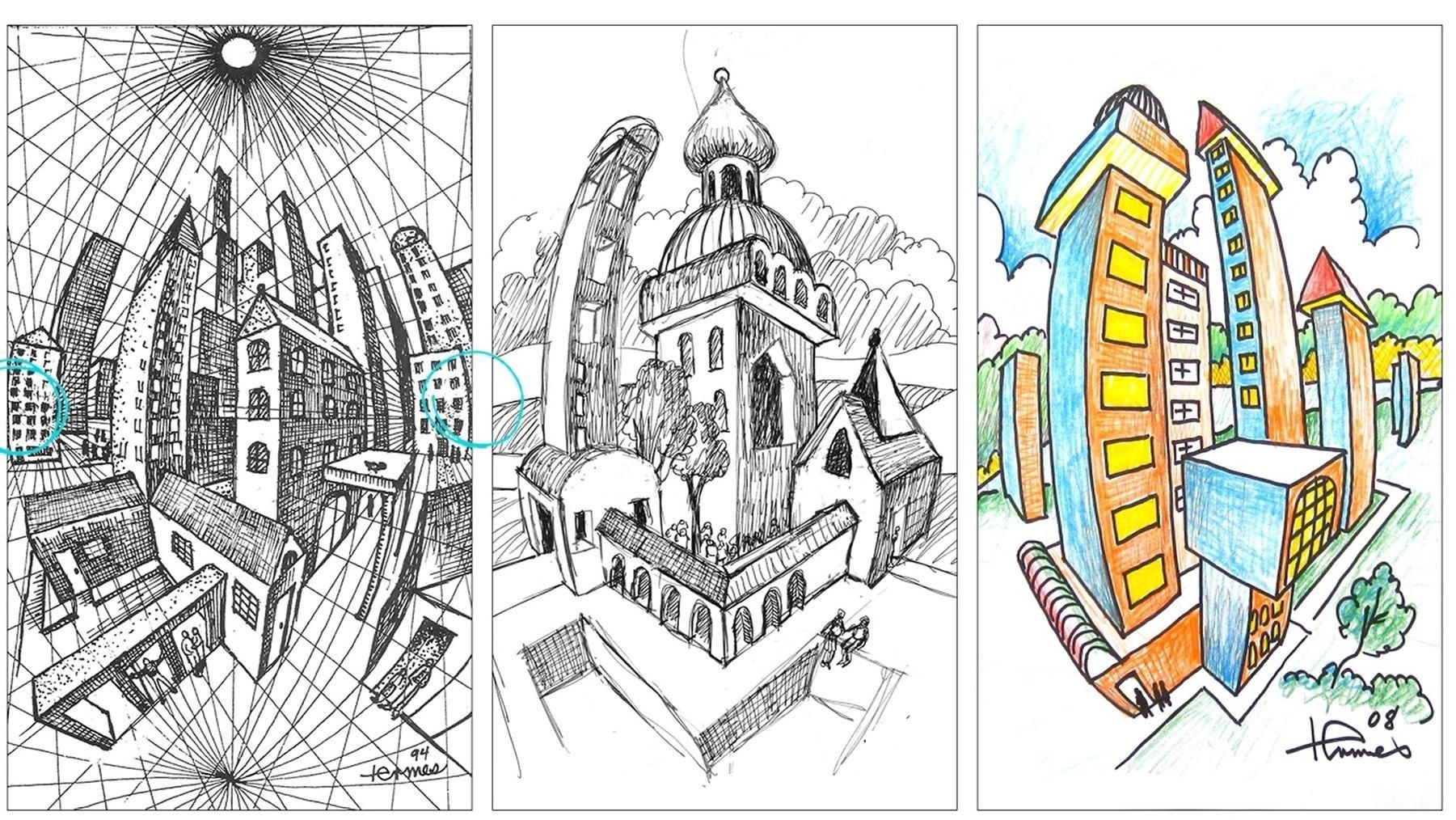When it comes to drawing, understanding perspective is essential for creating realistic and engaging artwork. Perspective adds depth and dimension to your drawings, making them more visually appealing. Whether you are drawing landscapes, buildings, or everyday objects, mastering perspective will take your art to the next level.
Many artists find perspective to be a challenging concept, but with practice and patience, it can be mastered. In this article, we will discuss some tips and techniques for drawing perspective effectively.
How to Draw Perspective
1. Start by defining your horizon line. The horizon line is the line where the sky meets the ground or other objects in the distance. It is an essential element in establishing the perspective of your drawing. Once you have determined the horizon line, you can create vanishing points on either side of it.
2. Use vanishing points to create depth in your drawings. Vanishing points are points on the horizon line where parallel lines appear to converge. By drawing lines from your objects to the vanishing points, you can create the illusion of depth and distance in your artwork.
3. Experiment with different types of perspective, such as one-point, two-point, and three-point perspective. One-point perspective is commonly used for drawings of buildings or interiors, while two-point perspective is ideal for landscapes and cityscapes. Three-point perspective adds even more depth and complexity to your drawings.
4. Practice drawing objects in perspective from observation. Look at photographs or real-life scenes and try to recreate them in your drawings. Pay attention to the angles and proportions of objects as they recede into the distance. The more you practice, the more comfortable you will become with drawing perspective.
5. Don’t be afraid to make mistakes. Perspective can be tricky, and it may take time to get it right. Keep experimenting and learning from your errors. Over time, you will develop a better understanding of perspective and be able to create more realistic and dynamic drawings.
In conclusion, drawing perspective is an essential skill for any artist. By following these tips and techniques, you can improve your ability to create depth and dimension in your artwork. Remember to practice regularly and be patient with yourself as you learn. With time and dedication, you will see significant improvement in your drawings.
